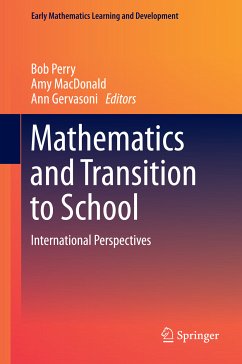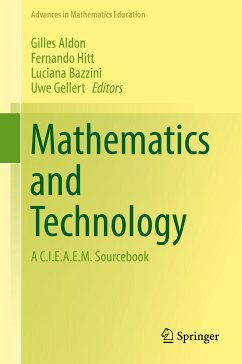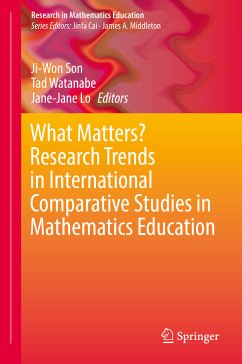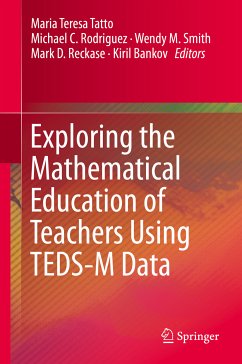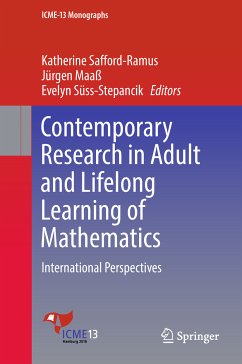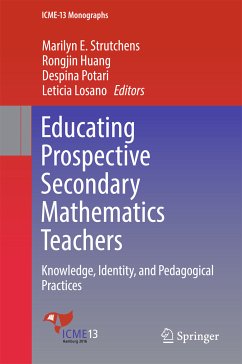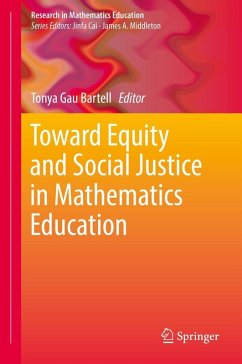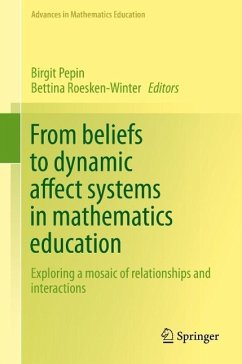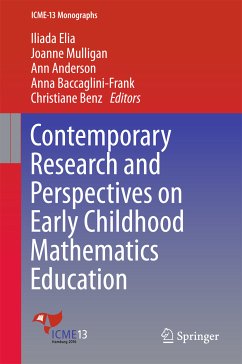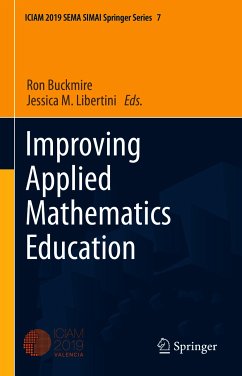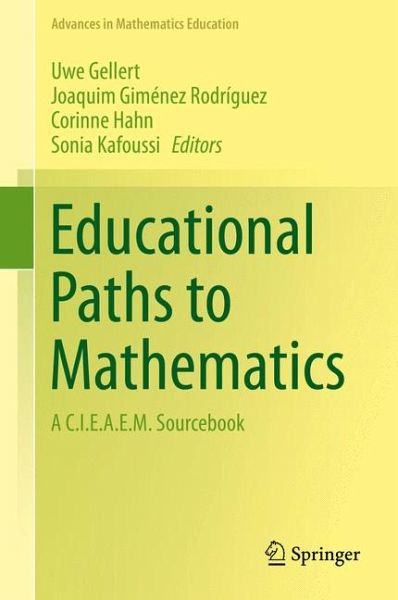
Educational Paths to Mathematics (eBook, PDF)
A C.I.E.A.E.M. Sourcebook
Redaktion: Gellert, Uwe; Kafoussi, Sonia; Hahn, Corinne; Giménez Rodríguez, Joaquim
Versandkostenfrei!
Sofort per Download lieferbar
72,95 €
inkl. MwSt.
Weitere Ausgaben:

PAYBACK Punkte
36 °P sammeln!
This book offers fresh insight and understanding of the many ways in which children, youth and adults may find their paths to mathematics. The chapters of the volume offer and analyse promising new ways into mathematics. The focus is on spaces and modalities of learning, dialogue and inquiry, embodiment and aesthetic experience, information and communication technology and on the use of mathematics in public communication. The chapters present new mathematical activities and conceptions enriching the repertoire of mathematics education practices. Critical commentaries discuss the innovative po...
This book offers fresh insight and understanding of the many ways in which children, youth and adults may find their paths to mathematics. The chapters of the volume offer and analyse promising new ways into mathematics. The focus is on spaces and modalities of learning, dialogue and inquiry, embodiment and aesthetic experience, information and communication technology and on the use of mathematics in public communication. The chapters present new mathematical activities and conceptions enriching the repertoire of mathematics education practices. Critical commentaries discuss the innovative potential of the new approaches to the teaching and learning of mathematics. As a consequence, the commentaries point to requirements and open issues in the field of research in mathematics education.
The volume is remarkably international. Teachers and researchers from 14 countries authored 21 chapters and 7 commentaries. The reader is invited to reflect on the particular effect of presenting avenues to mathematics contrived in diverse national settings in which the praxis of mathematics education might look different compared to what happens in the reader's place.
The book starts a series of sourcebooks edited by CIEAEM, the Commission Internationale pour l'Etude et l'Amélioration de l'Enseignement des Mathématiques / International Commission for the Study and Improvement of Mathematics Education.
The volume is remarkably international. Teachers and researchers from 14 countries authored 21 chapters and 7 commentaries. The reader is invited to reflect on the particular effect of presenting avenues to mathematics contrived in diverse national settings in which the praxis of mathematics education might look different compared to what happens in the reader's place.
The book starts a series of sourcebooks edited by CIEAEM, the Commission Internationale pour l'Etude et l'Amélioration de l'Enseignement des Mathématiques / International Commission for the Study and Improvement of Mathematics Education.
Dieser Download kann aus rechtlichen Gründen nur mit Rechnungsadresse in A, B, BG, CY, CZ, D, DK, EW, E, FIN, F, GR, HR, H, IRL, I, LT, L, LR, M, NL, PL, P, R, S, SLO, SK ausgeliefert werden.




